Home>Garden Essentials>How To Grow A Mustard Seed
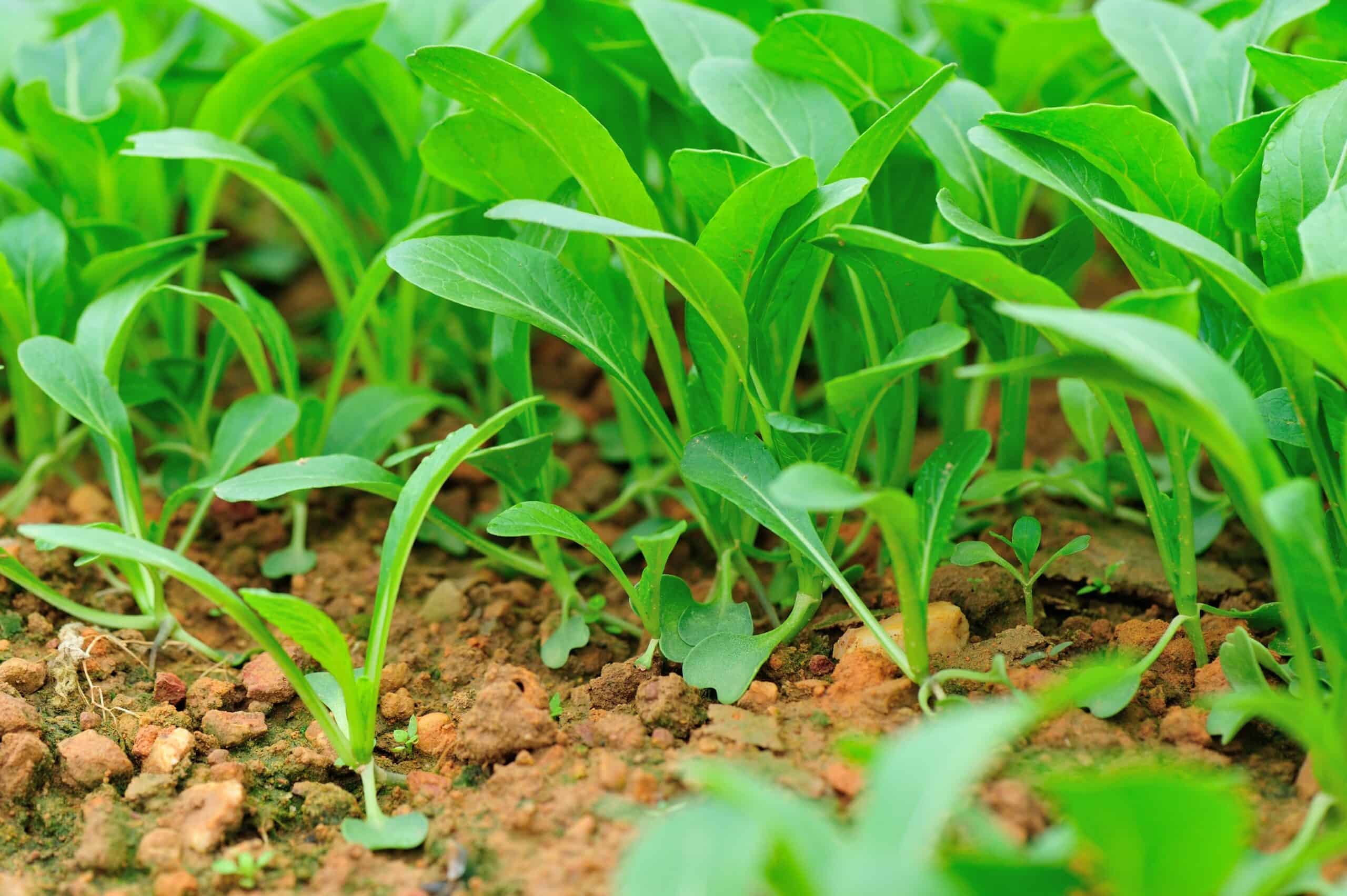

Garden Essentials
How To Grow A Mustard Seed
Modified: March 16, 2024
Learn the secrets of growing a flourishing mustard seed garden. Discover essential tips and techniques to cultivate a bountiful harvest.
(Many of the links in this article redirect to a specific reviewed product. Your purchase of these products through affiliate links helps to generate commission for Storables.com, at no extra cost. Learn more)
Introduction
Welcome to the world of mustard seeds, where a small seed can produce big flavors and endless culinary possibilities. Whether you’re a gardening enthusiast or a food lover looking to spice up your dishes, growing mustard seeds in your garden is a rewarding and enjoyable experience.
A member of the Brassicaceae family, mustard plants have been cultivated for centuries for their leaves, seeds, and the pungent condiment made from them. The seeds come in different varieties, each with its own unique flavor profile and uses.
In this article, we will guide you through the process of growing mustard seeds, from selecting the right variety to harvesting them at the peak of maturity. So grab your gardening tools and let’s dive into the world of mustard seed cultivation!
Key Takeaways:
- Mustard seeds offer a world of flavor and culinary possibilities. Choose the right variety, provide ample sunlight, and ensure proper watering and drainage for a successful harvest. Experiment with different recipes and enjoy the fruits of your labor!
- Growing mustard seeds is a rewarding experience. Select the ideal variety, provide optimal growing conditions, and monitor for pests and diseases. Harvest and store your homegrown mustard seeds for use in a variety of delicious dishes.
Read more: How To Grow Mustard Seeds
Choosing the Right Mustard Seed Variety
When it comes to growing mustard seeds, the first step is to choose the right variety that suits your preferences and growing conditions. Here are some popular mustard seed varieties to consider:
- Yellow Mustard: This is the most common variety of mustard seeds, known for its bold, spicy flavor. It is often used in making traditional yellow mustard condiments.
- Brown Mustard: With a slightly spicier taste than yellow mustard, brown mustard seeds are used to make Dijon mustard and other flavorful condiments.
- Black Mustard: Black mustard seeds have a strong and pungent flavor. They are commonly used in Indian and Southeast Asian cuisines for pickling and curries.
- White Mustard: Also known as yellow or white mustard, this variety has a milder flavor compared to its counterparts. It is often used in European cuisine and for making mustard powder.
Consider your taste preferences and the culinary applications you have in mind when choosing a mustard seed variety. Additionally, take into account your growing conditions and climate. Some varieties may be more suitable for cooler climates, while others thrive better in warmer regions.
You can purchase mustard seeds from local nurseries, garden centers, or online suppliers. Ensure that the seeds are fresh and of good quality, as this will significantly impact the success of your mustard seed cultivation.
Once you have selected your preferred mustard seed variety, it’s time to move on to the next step: selecting the ideal growing location.
Selecting the Ideal Growing Location
Choosing the right location for growing mustard seeds is crucial for their successful development and yield. Here are some factors to consider when selecting the ideal growing location:
- Sunlight: Mustard plants thrive in full sun, so it’s essential to choose a location that receives at least 6-8 hours of direct sunlight daily. This will ensure optimum growth and help develop the flavors in the seeds.
- Soil Quality: Mustard plants prefer well-draining soil that is rich in organic matter. The pH level should be between 6.0 and 7.5. Conduct a soil test to assess its composition and make any necessary amendments to improve fertility.
- Temperature and Climate: Mustard seeds can tolerate a wide range of temperatures, but they grow best in cool to warm climates. If you live in an area with extremely hot summers, providing some shade during the hottest part of the day can help protect the plants.
- Space availability: Mustard plants can be grown in containers or in the ground. Ensure that you have enough space for the plants to spread out and reach their full potential. Optimal spacing between plants is around 6-8 inches.
It’s also worth considering companion planting when selecting the growing location. Mustard plants have natural pest-repellent properties and can help deter harmful insects. Planting them alongside other vegetables, such as tomatoes or broccoli, can provide additional benefits.
Once you have identified the ideal growing location, it’s time to prepare the soil for planting. This crucial step will provide the necessary nutrients for your mustard seeds to thrive.
Preparing the Soil for Planting
Before planting mustard seeds, it’s important to prepare the soil to create a favorable environment for their growth. Follow these steps to ensure your mustard plants have the best start:
- Clear the area: Start by clearing the selected growing area from any weeds, rocks, or debris. This will prevent competition for nutrients and provide a clean space for your mustard plants.
- Loosen the soil: Mustard plants require well-draining soil, so it’s crucial to loosen compacted soil. Use a garden fork or a tiller to break up any clumps and improve the soil’s texture.
- Add organic matter: Incorporate organic matter such as compost or well-rotted manure into the soil. This will enrich the soil with nutrients and improve its structure and moisture-holding capacity.
- Test the pH level: Conduct a soil test to determine the pH level. Mustard plants prefer slightly acidic to neutral soil, with a pH range of 6.0 to 7.5. If the pH level is too high or too low, amend the soil accordingly with lime or sulfur.
- Remove any remaining weeds: Take the time to remove any remaining weeds or grass from the area. This will prevent them from competing with the mustard plants for nutrients and space.
- Level the soil: Rake the soil to level it and create a smooth surface for planting. This will make it easier to sow the mustard seeds and ensure even germination.
By preparing the soil adequately, you create an optimal growing environment and set your mustard seeds up for success. The next step is to plant the seeds and encourage their growth with proper watering and drainage.
Planting Mustard Seeds
Now that you have prepared the soil, it’s time to plant your mustard seeds. Follow these steps to ensure successful germination and healthy plant growth:
- Sowing Time: Mustard seeds can be sown directly in the garden or started indoors and transplanted at the appropriate time. The best time to sow mustard seeds is in early spring when the soil temperature reaches around 50 to 68°F (10 to 20°C).
- Sowing Method: Create furrows or shallow trenches in the prepared soil, spaced about 2 inches apart. Sow the mustard seeds thinly along the furrows, ensuring there is approximately 1/4 to 1/2 inch of space between each seed.
- Depth: Plant the seeds at a depth of about 1/4 to 1/2 inch. Gently cover them with soil and pat it down to ensure good seed-to-soil contact.
- Watering: After planting, water the area thoroughly to provide moisture for germination. Keep the soil consistently moist but not overly saturated throughout the growing season.
- Thinning: Once the seedlings start to emerge, thin them out to allow proper spacing. Leave the healthiest and strongest seedlings, spacing them approximately 6 to 8 inches apart. Thinning promotes better airflow and reduces competition for nutrients.
Mustard seeds germinate relatively quickly, usually within 7 to 10 days. As the seedlings grow, they develop their characteristic lobed leaves and begin to establish themselves in the garden.
Now that your mustard seeds are planted, providing proper watering and drainage is essential for their growth and development. Let’s explore how to ensure your mustard plants receive the right amount of water.
Read more: What Does Mustard Seeds Grow Into
Providing Proper Watering and Drainage
Watering is a vital aspect of mustard seed cultivation. Providing the right amount of water and ensuring proper drainage will help your mustard plants thrive. Here’s a guide on how to water your mustard plants:
- Watering Frequency: Mustard plants require regular watering, especially during dry spells or in hot weather. Aim to provide about 1 inch of water per week. Monitor the moisture level of the soil and adjust watering accordingly.
- Avoid Overwatering: While it is important to keep the soil consistently moist, avoid overwatering the plants. Overly saturated soil can lead to root rot and other water-related diseases. The goal is to maintain moist, but not waterlogged, soil.
- Use Mulch: Applying a layer of organic mulch around the base of the plants can help retain soil moisture, regulate temperature, and suppress weed growth. Use materials such as straw, wood chips, or shredded leaves for mulching.
- Consider Drainage: Good drainage is crucial for the health of mustard plants. Make sure the planting area has proper drainage to prevent waterlogging. If the soil is heavy clay or drains poorly, consider raising the planting beds or adding organic matter to improve drainage.
- Watering Technique: When watering, aim to water at the base of the plants rather than overhead. This helps prevent diseases and fungal infections by keeping the foliage dry. Directing the water at the root zone ensures that it reaches the plant’s roots where it is needed the most.
By providing adequate water and ensuring proper drainage, you promote healthy growth and help your mustard plants thrive. However, along with water, mustard plants require essential nutrients for optimal development. Let’s explore how to fertilize your mustard plants to ensure robust growth.
Plant mustard seeds in well-drained soil with full sun. Keep the soil consistently moist but not waterlogged. Mustard plants grow quickly and can be harvested in as little as 30 days for baby greens or 60-70 days for mature seeds.
Fertilizing Mustard Plants
Fertilizing is an important aspect of mustard seed cultivation as it provides essential nutrients that promote vigorous growth and optimal yield. Here are some tips to help you fertilize your mustard plants effectively:
- Soil Test: Before fertilizing, conduct a soil test to determine the nutrient deficiencies or imbalances in the soil. This will help you choose the appropriate fertilizer and application method.
- Organic Matter: Prioritize improving soil fertility through the addition of organic matter, such as compost or well-rotted manure. These organic amendments provide a slow-release source of nutrients that benefit the overall health of the mustard plants.
- Balanced Fertilizer: If the soil test indicates specific nutrient deficiencies, choose a balanced fertilizer with an NPK ratio suitable for mustard plants (such as 10-10-10 or 14-14-14). Apply the fertilizer according to the manufacturer’s instructions.
- Side-Dressing: Side-dressing is the application of fertilizer alongside the plants as they grow. This can be done by creating shallow furrows or trenches beside the mustard plants and applying the fertilizer. Lightly incorporate it into the soil and water thoroughly.
- Foliar Feeding: In addition to soil application, you can supplement the nutrient intake of mustard plants through foliar feeding. Dilute a balanced liquid fertilizer according to the package instructions and spray it directly onto the leaves. This method provides a quick nutrient boost to the plants.
- Timing: Fertilize mustard plants when they are in their active growth stage. Generally, this is about 3-4 weeks after planting or when the seedlings have established themselves. Avoid fertilizing too close to the end of the growing season to prevent excessive leaf growth and delay flowering.
Remember to always follow the instructions on the fertilizer packaging and apply the appropriate amount. Over-fertilization can lead to nutrient imbalances and plant stress. Regularly monitor the health and growth of your mustard plants to determine if they require additional fertilization.
Now that we have covered fertilization, let’s move on to controlling weeds and pests to ensure the best possible growing conditions for your mustard plants.
Controlling Weeds and Pests
Weeds and pests can pose significant challenges to mustard plants, competing for nutrients and causing damage. Taking proactive measures to control weeds and manage common pests will help ensure the health and productivity of your mustard plants. Here are some strategies to consider:
- Mulching: Apply a layer of organic mulch around the base of the plants to suppress weed growth. Mulch acts as a natural barrier, preventing weed seeds from germinating and reducing the need for frequent weeding.
- Hand pulling: Regularly inspect the area and manually remove any weeds that emerge. Be sure to remove the entire weed, including the roots, to prevent regrowth. Hand pulling is an effective method for smaller weed populations.
- Cultivation: Use a hoe or hand cultivator to loosen the soil between rows and around the mustard plants. This method disrupts weed growth and loosens their roots, making it easier to remove them.
- Companion planting: Consider planting mustard plants alongside companion plants that have natural pest-repellent properties. For example, marigolds can help deter nematodes, while basil and mint can repel aphids and other insects.
- Beneficial insects: Encourage the presence of beneficial insects in your garden, such as ladybugs, lacewings, and hoverflies. These insects feed on aphids and other garden pests, helping to keep their populations in check.
- Organic pest control: If pest infestations become severe, consider using organic pest control methods. These can include insecticidal soaps, neem oil, or homemade remedies using ingredients like garlic or chili peppers. Follow the instructions carefully and avoid spraying directly on the mustard plants.
- Monitoring: Regularly inspect your mustard plants for signs of pest damage, such as chewed leaves or wilting. Early detection allows for prompt action, reducing the impact of pests on your plants.
By implementing these weed control and pest management strategies, you can minimize the negative effects of weeds and pests on your mustard plants. However, it’s important to also be vigilant for any signs of disease that may affect your crops. Let’s dive into monitoring and managing diseases in mustard plants.
Monitoring and Managing Disease
Monitoring the health of your mustard plants is crucial to detect and manage any potential diseases that may affect their growth and productivity. By being proactive and taking appropriate measures, you can mitigate the risk of diseases spreading. Here are some guidelines for monitoring and managing diseases in mustard plants:
- Regular Inspections: Conduct regular inspections of your mustard plants, paying attention to any changes in foliage color, texture, or overall plant appearance. Look for signs of disease, such as wilting, spots, or lesions.
- Good Sanitation Practices: Practice good sanitation in your garden to prevent the spread of diseases. Remove and dispose of any infected plant debris promptly, as it can harbor pathogens. Clean your tools between uses and avoid working with your mustard plants when they are wet from rain or irrigation.
- Proper Watering: Ensure that you are providing proper watering and drainage to avoid waterlogged soil, as excessive moisture can lead to fungal diseases. Watering at the base of the plants, avoiding overhead irrigation, helps keep the foliage dry and reduces the risk of infection.
- Air Circulation: Provide adequate air circulation by spacing your mustard plants properly. Allow enough distance between plants to promote ventilation, as stagnant air can contribute to the development and spread of fungal diseases.
- Resistant Varieties: Consider planting disease-resistant mustard varieties. These varieties have been bred to withstand common diseases and provide an extra level of protection for your plants.
- Organic Disease Control: If disease issues arise, consider using organic disease control methods. These can include using neem oil, copper-based fungicides, or biofungicides that contain beneficial bacteria or fungi. Follow the instructions on the product label and apply treatments as recommended.
- Consult an Expert: If you are unsure about the nature or severity of a disease affecting your mustard plants, seek advice from a local horticulturist, agricultural extension service, or plant disease specialist. They can provide valuable guidance on disease identification and management.
By closely monitoring your mustard plants and implementing timely disease management strategies, you can minimize the impact of diseases and safeguard the health of your crop. With proper care and attention, your mustard plants will grow strong and resilient.
Now that you have successfully managed the risks of diseases, let’s move on to harvesting your mustard seeds and learn how to store and use them effectively.
Read more: How To Grow Mustard Seeds In Pots
Harvesting Mustard Seeds
After weeks of nurturing and tending to your mustard plants, it’s finally time to reap the rewards by harvesting the mature mustard seeds. Here’s a step-by-step guide on how to harvest mustard seeds:
- Observe the Plant: Monitor your mustard plants closely and look for signs that the seeds are ready for harvesting. The plants should have completed their flowering stage, and the seed pods should turn brown or yellow as they dry out.
- Check Seed Maturity: Gently tap a seed pod to see if the seeds inside are loose and rattle. This indicates that the seeds are mature and ready to be harvested. Green or immature seeds will not have the same flavorful properties.
- Wear Protective Clothing: Before harvesting, protect your skin and eyes by wearing gloves and long sleeves. Mustard seeds have a protective coating that can irritate the skin or eyes, particularly in sensitive individuals.
- Harvesting Method 1 – Handpicking: For smaller gardens or when dealing with a limited number of plants, handpicking is the most practical method. Simply grasp the seed pods and carefully remove them from the plant, collecting them in a container.
- Harvesting Method 2 – Cutting: If you have a larger mustard crop, consider cutting the entire plants and bundling them together. Use a sharp pair of garden shears to cut the plants at the base, leaving a few inches of stem attached to the seed pods.
- Drying the Seed Pods: Once you have harvested the mustard seed pods, it’s important to dry them thoroughly to prevent mold or moisture-related issues. Place the seed pods in a cool, dry, and well-ventilated area. Spread them out in a single layer and allow them to air dry for a few weeks.
- Removing the Seeds: After the seed pods have dried completely, gently break or crush them to release the mustard seeds. You can do this by rubbing the pods between your hands or using a mortar and pestle. Remove any plant debris or chaff from the seeds.
Once you have successfully harvested and processed the mustard seeds, it’s time to store them properly and put them to good use.
Store the mustard seeds in airtight containers, such as glass jars or resealable bags, in a cool and dark place. Properly stored seeds can maintain their quality for up to a year. Mark the containers with the date of harvest to ensure freshness.
Mustard seeds have a variety of culinary uses. From making your own homemade mustard condiment to adding a zesty flavor to marinades, dressings, and spice blends, the options are endless. Experiment with different recipes and enjoy the flavorsome and versatile mustard seeds you have grown with care.
Congratulations on successfully harvesting your mustard seeds and embarking on a flavorful journey with your homegrown bounty!
Storing and Using Mustard Seeds
Once you have harvested and processed your mustard seeds, proper storage is crucial for preserving their flavor and freshness. Here’s a guide on how to store and use mustard seeds:
- Storage Containers: Transfer the dried mustard seeds to clean, airtight containers to prevent moisture and air exposure. Glass jars with tight-fitting lids or resealable bags work well for storing mustard seeds.
- Storage Conditions: Store mustard seeds in a cool, dry, and dark place, such as a pantry or a cupboard away from direct sunlight. The ideal temperature for storage is around 50°F (10°C). Properly stored mustard seeds can retain their flavor for up to one year.
- Labeling: It’s helpful to label your storage containers with the harvest date and the type of mustard seed variety. This will allow you to keep track of freshness and differentiate between different types of mustard seeds if you have multiple varieties.
- Using Mustard Seeds: Mustard seeds are versatile and can enhance the flavor of various dishes. Here are a few common ways to use mustard seeds:
- Spice Blends: Grind mustard seeds into a powder and incorporate them into homemade spice blends, rubs, or marinades for an added kick.
- Condiments: Crush or grind mustard seeds to create your own homemade mustard condiment, whether it’s a classic yellow mustard or a spicy Dijon-style mustard.
- Pickling: Mustard seeds can be used in pickling brines to add tang and flavor to pickled vegetables and fruits.
- Cooking: Whole or ground mustard seeds can be toasted or sautéed in oil or ghee to release their flavors before adding them to curries, stir-fries, dressings, or roasted vegetables.
- Baking: Incorporate mustard seeds into bread, rolls, or other baked goods to add a delightful crunch and a hint of spice.
- Flavor Variation: Remember that different types of mustard seeds, such as yellow, brown, black, or white, can offer varying flavors and intensities. Experiment with different varieties to explore distinctive taste profiles.
- Quality Check: Before using your stored mustard seeds, give them a quick visual and aroma check. If the seeds appear discolored, have a rancid smell, or taste off, discard them as they may have lost their quality.
Enjoy the versatility and unique flavors that mustard seeds bring to your culinary creations. From condiments to spices, mustard seeds are a delightful addition in the kitchen and a reminder of your successful mustard seed cultivation journey.
So go ahead and savor the fruits of your labor by incorporating homegrown mustard seeds into your favorite recipes!
Frequently Asked Questions about How To Grow A Mustard Seed
Was this page helpful?
At Storables.com, we guarantee accurate and reliable information. Our content, validated by Expert Board Contributors, is crafted following stringent Editorial Policies. We're committed to providing you with well-researched, expert-backed insights for all your informational needs.
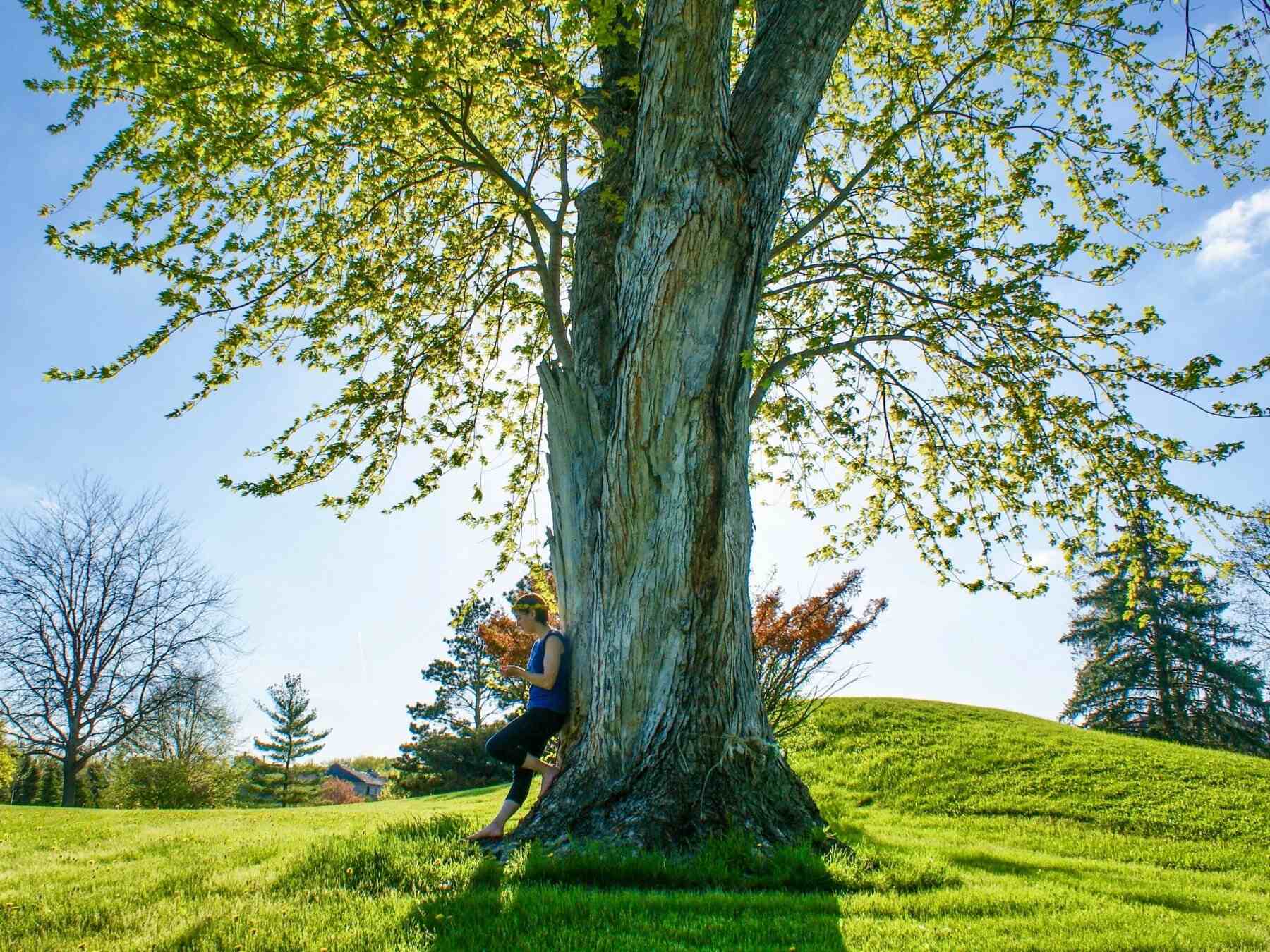
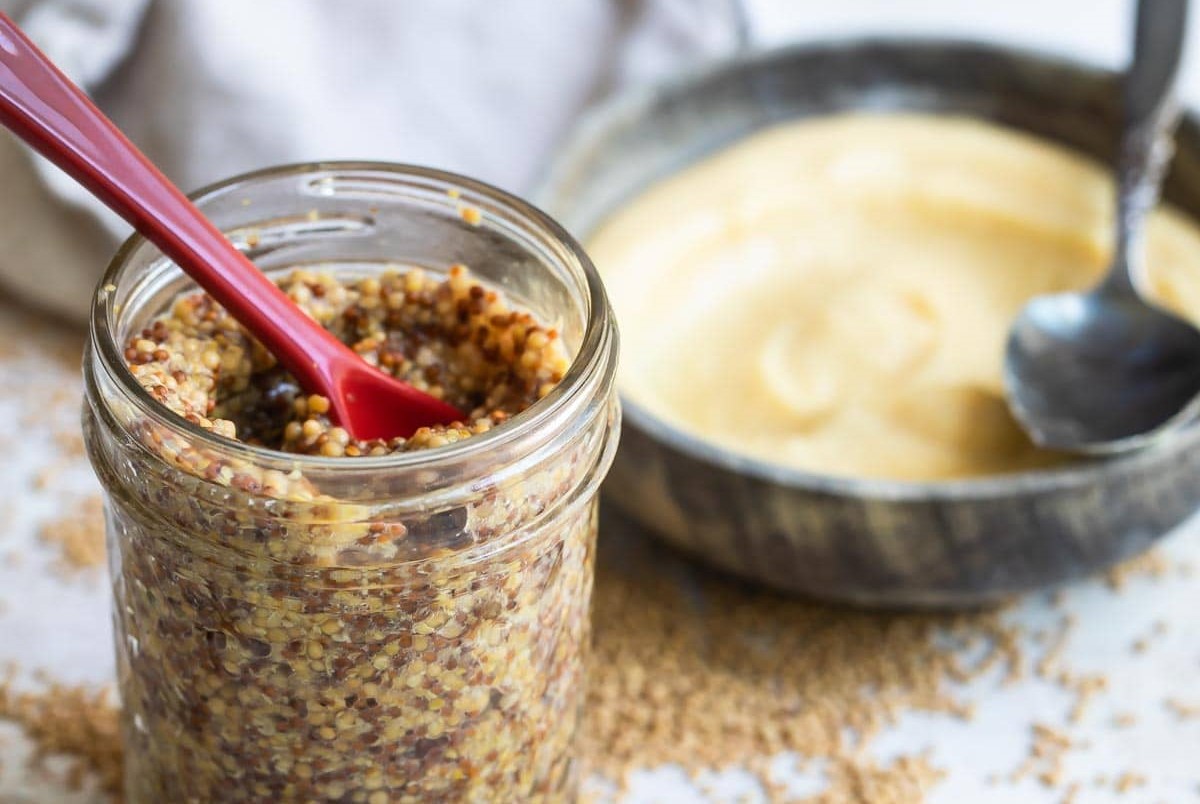
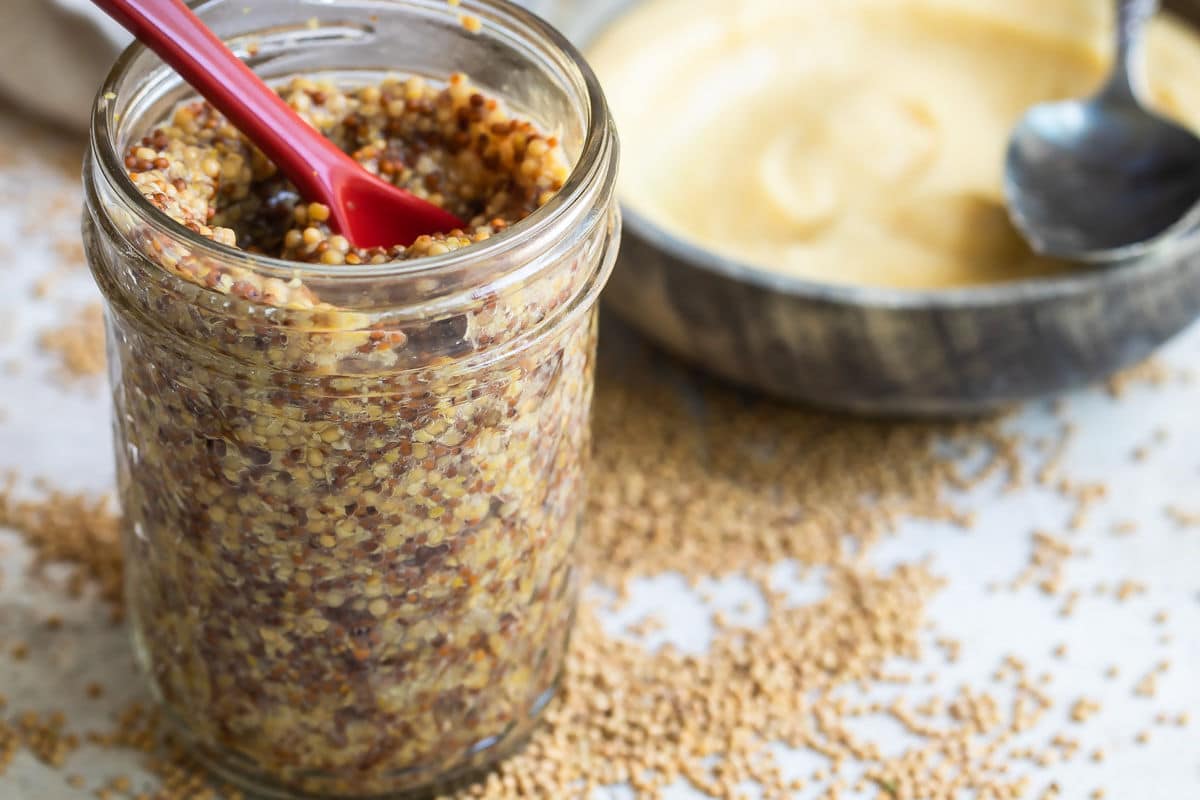
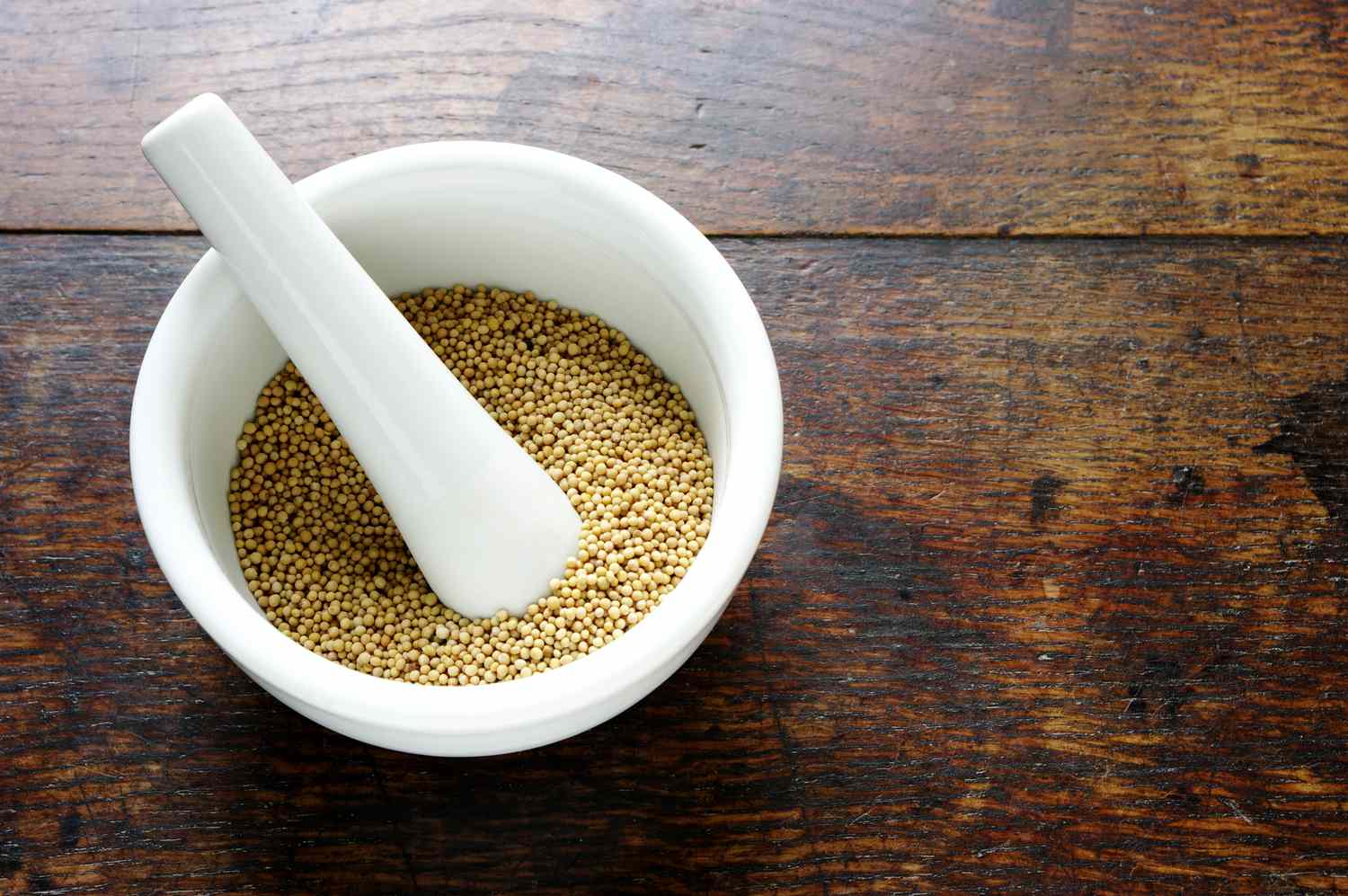
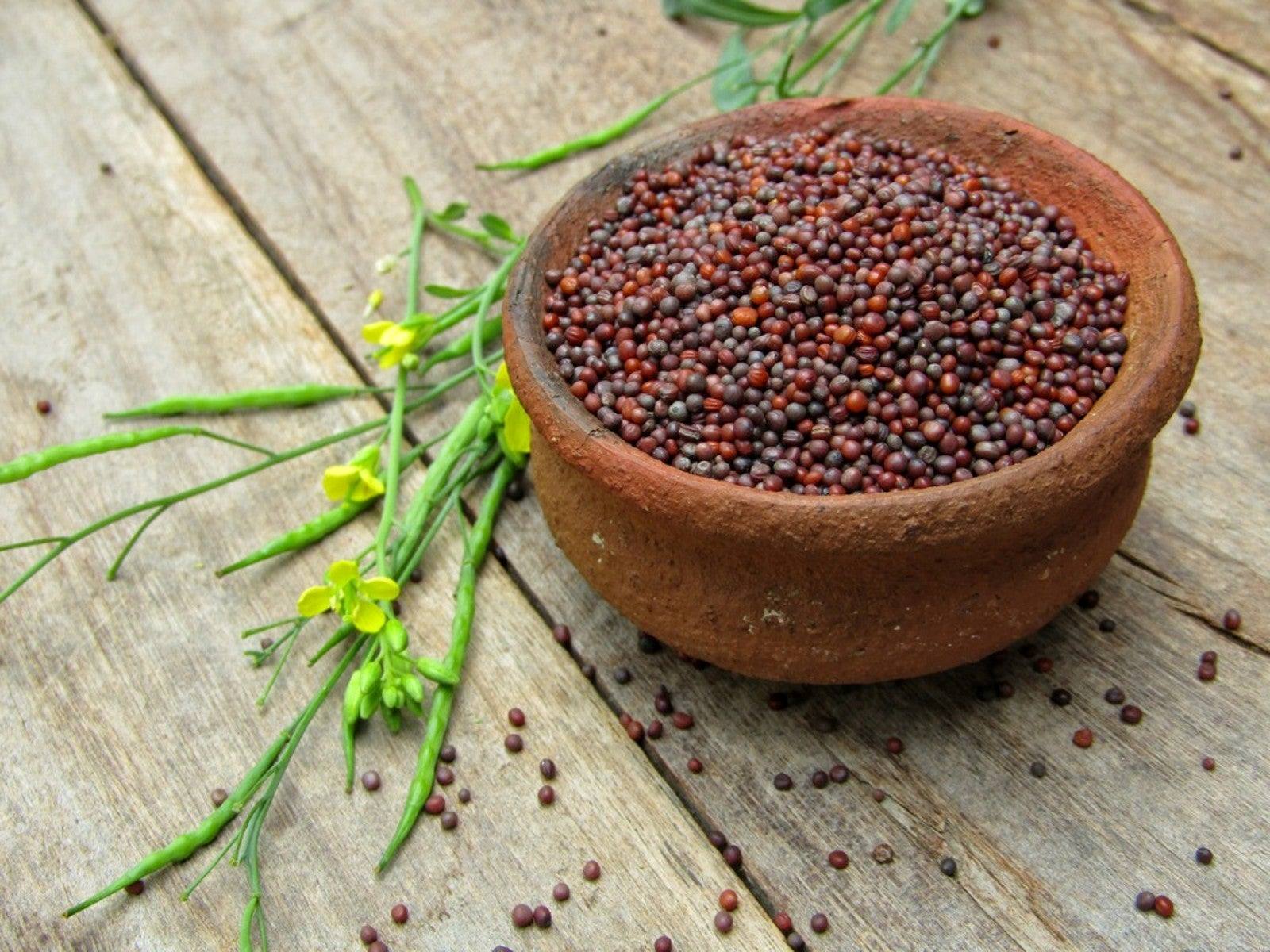
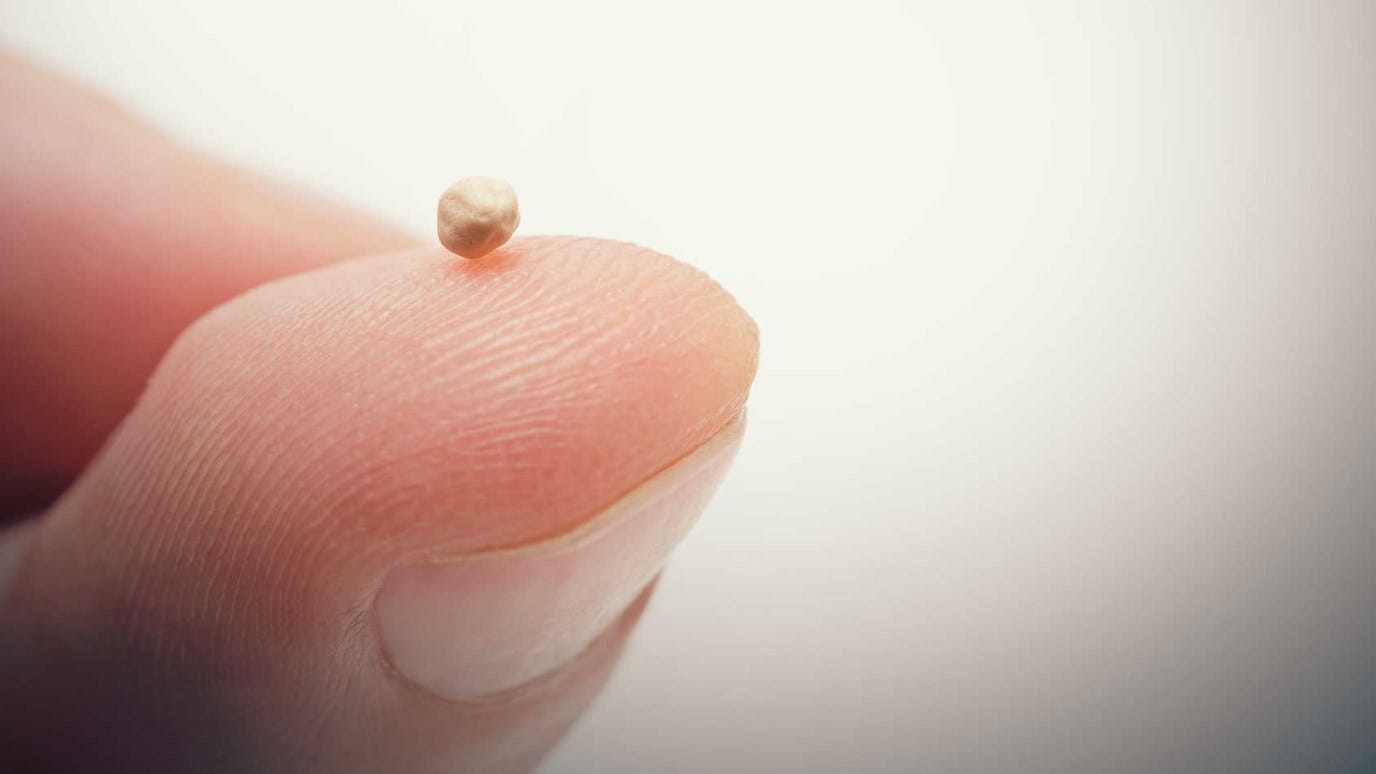
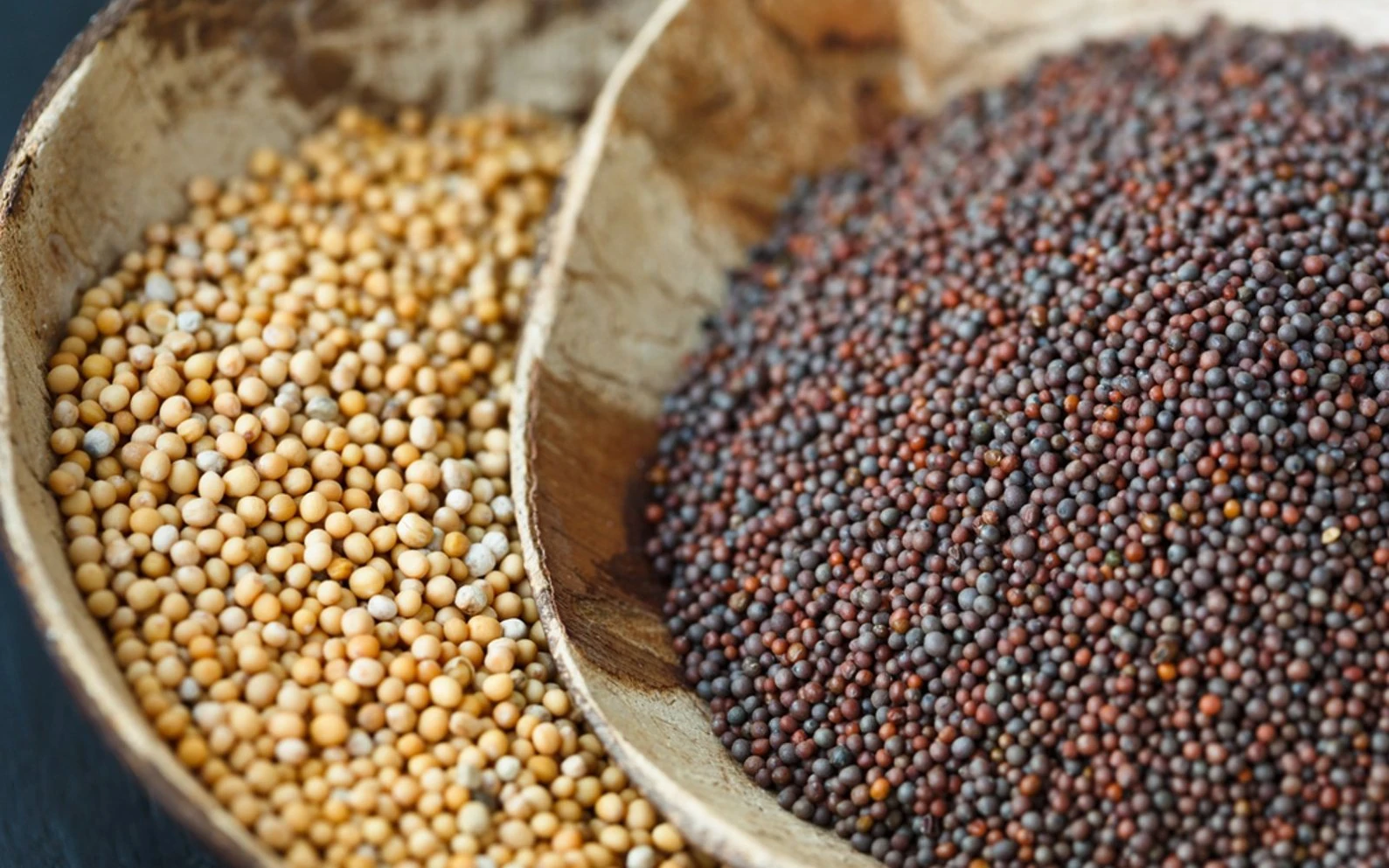
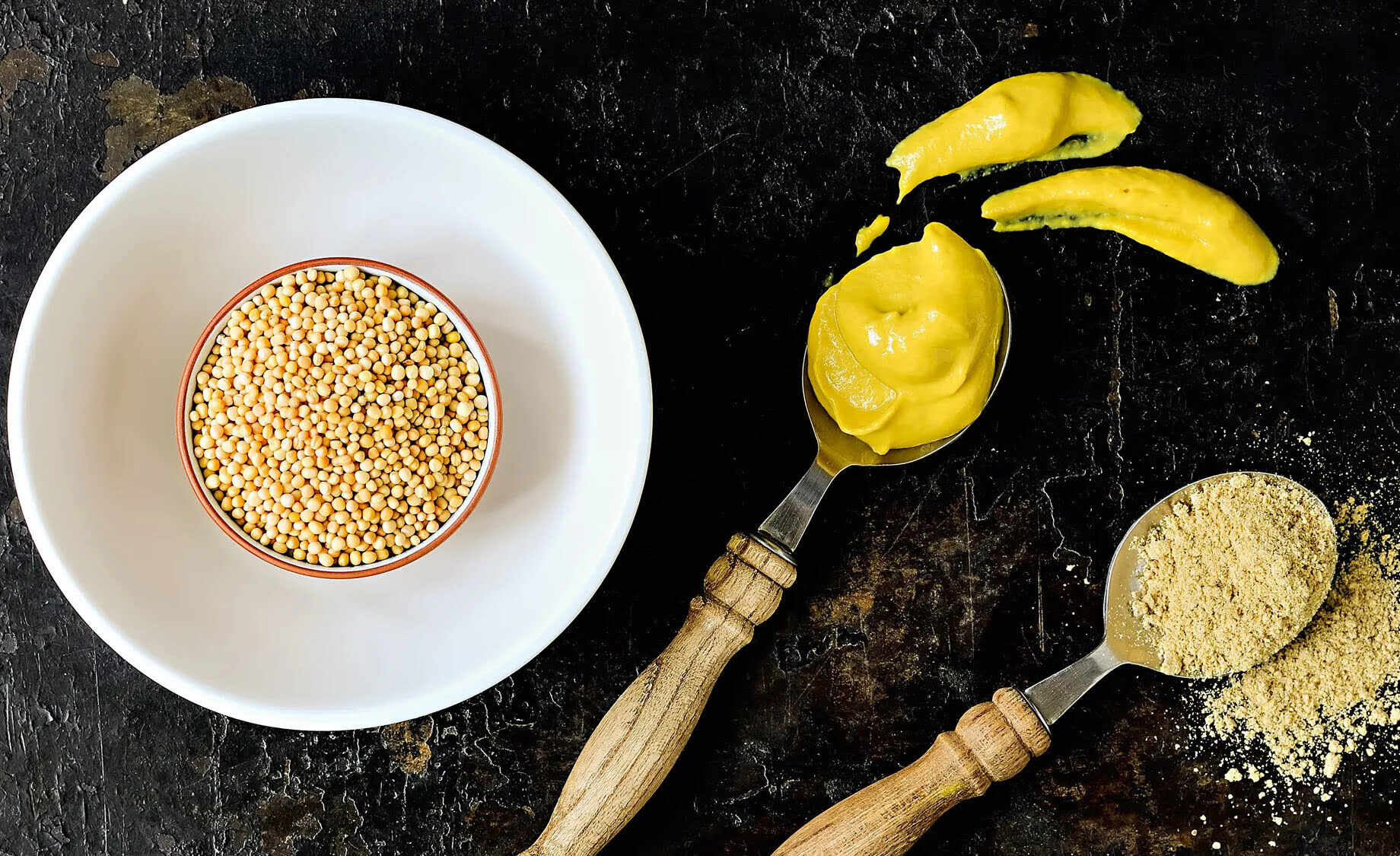
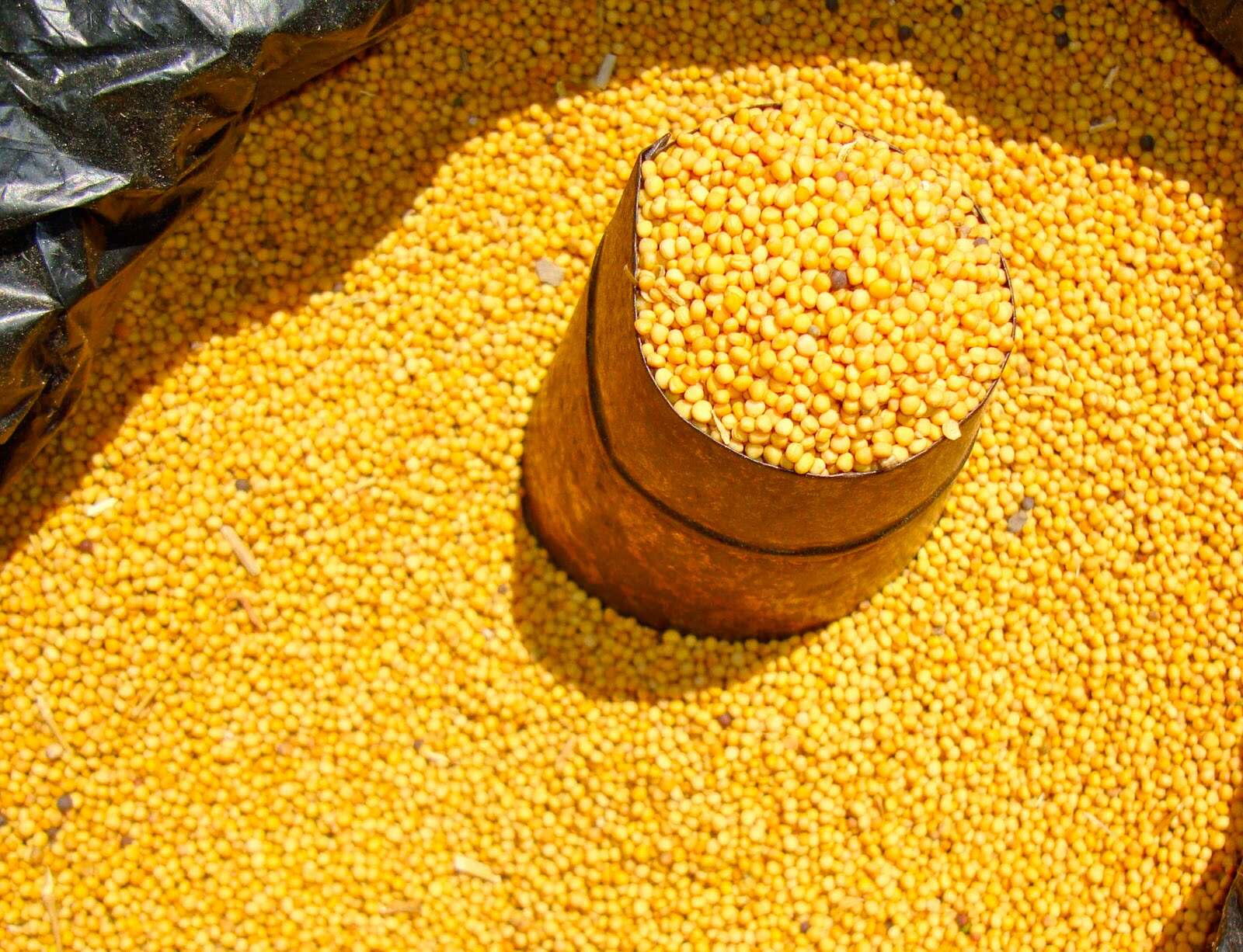
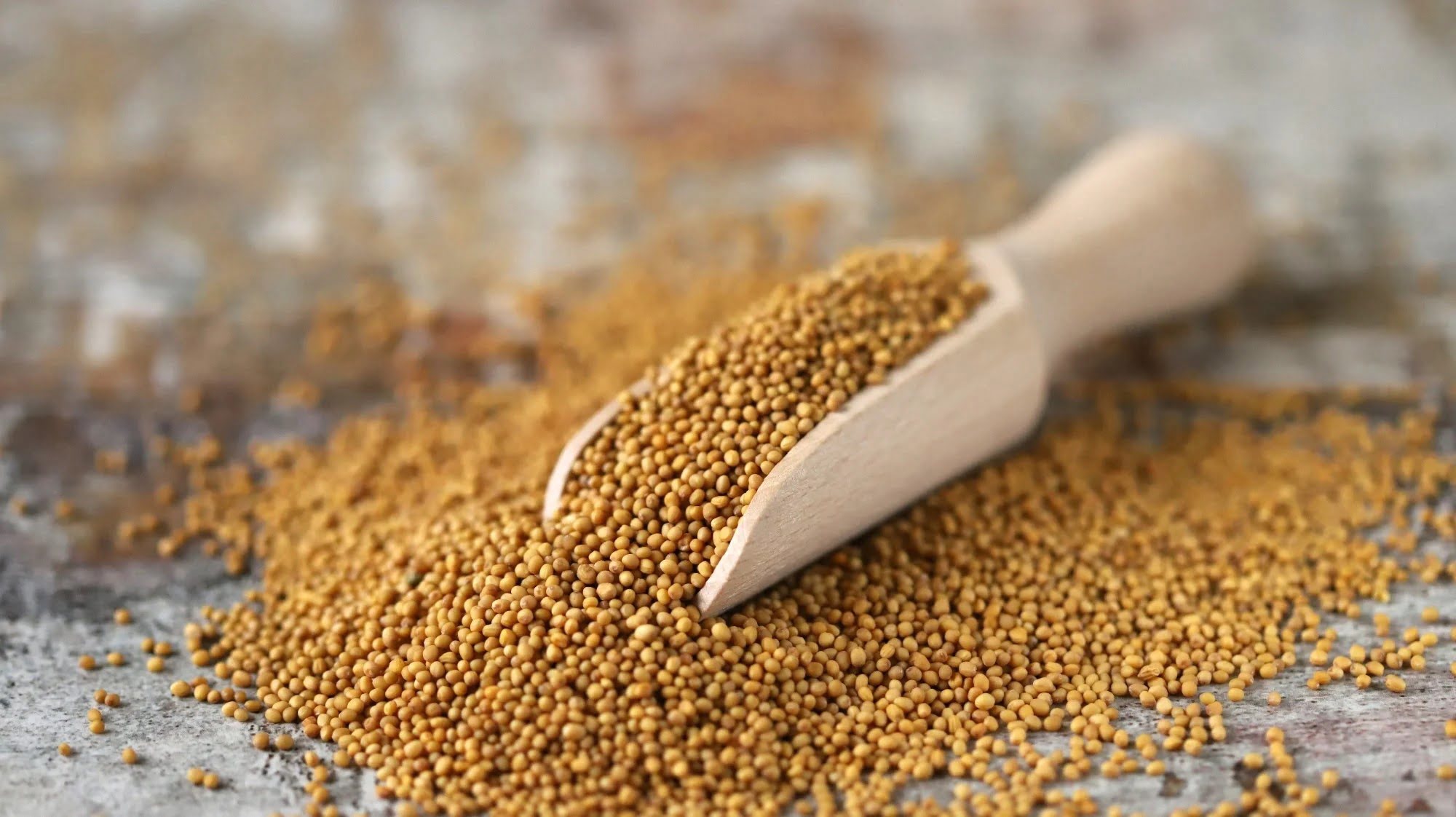
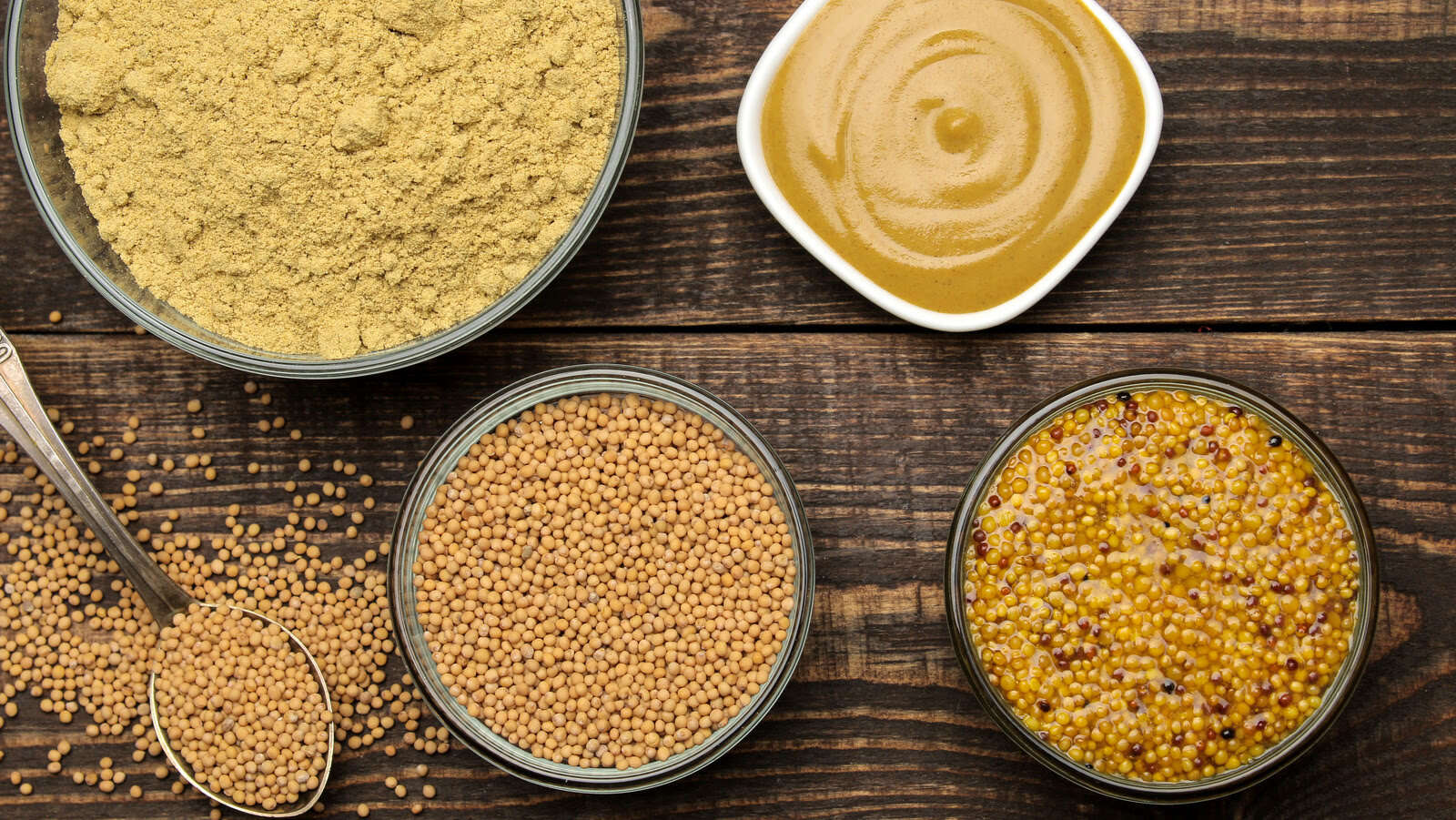
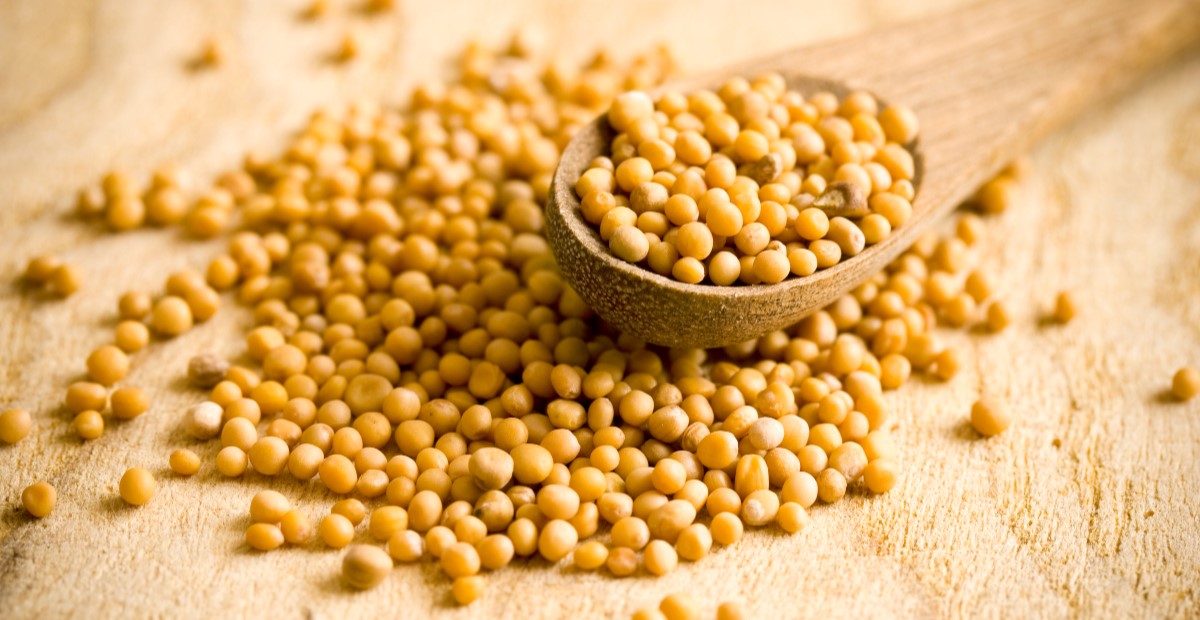
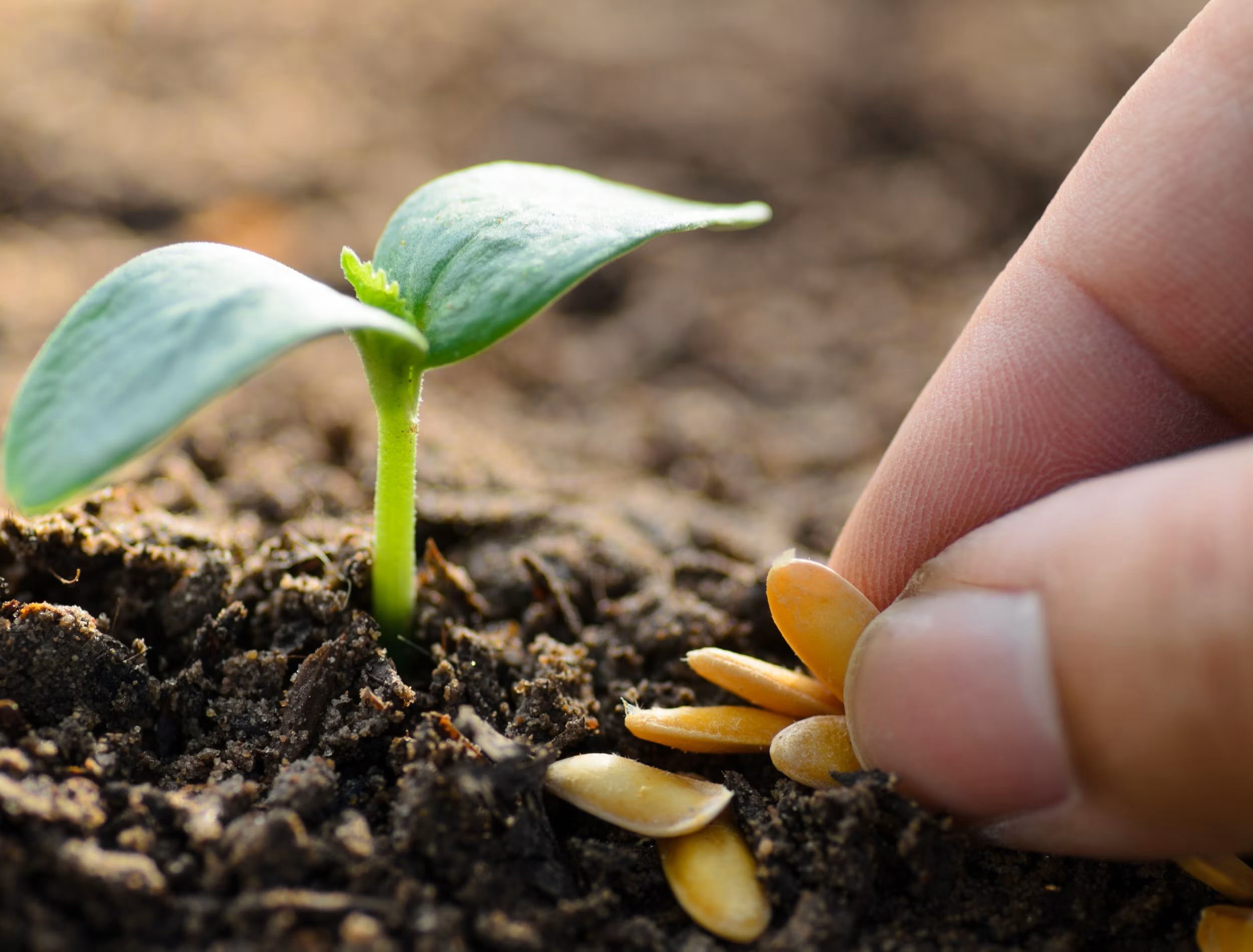

0 thoughts on “How To Grow A Mustard Seed”